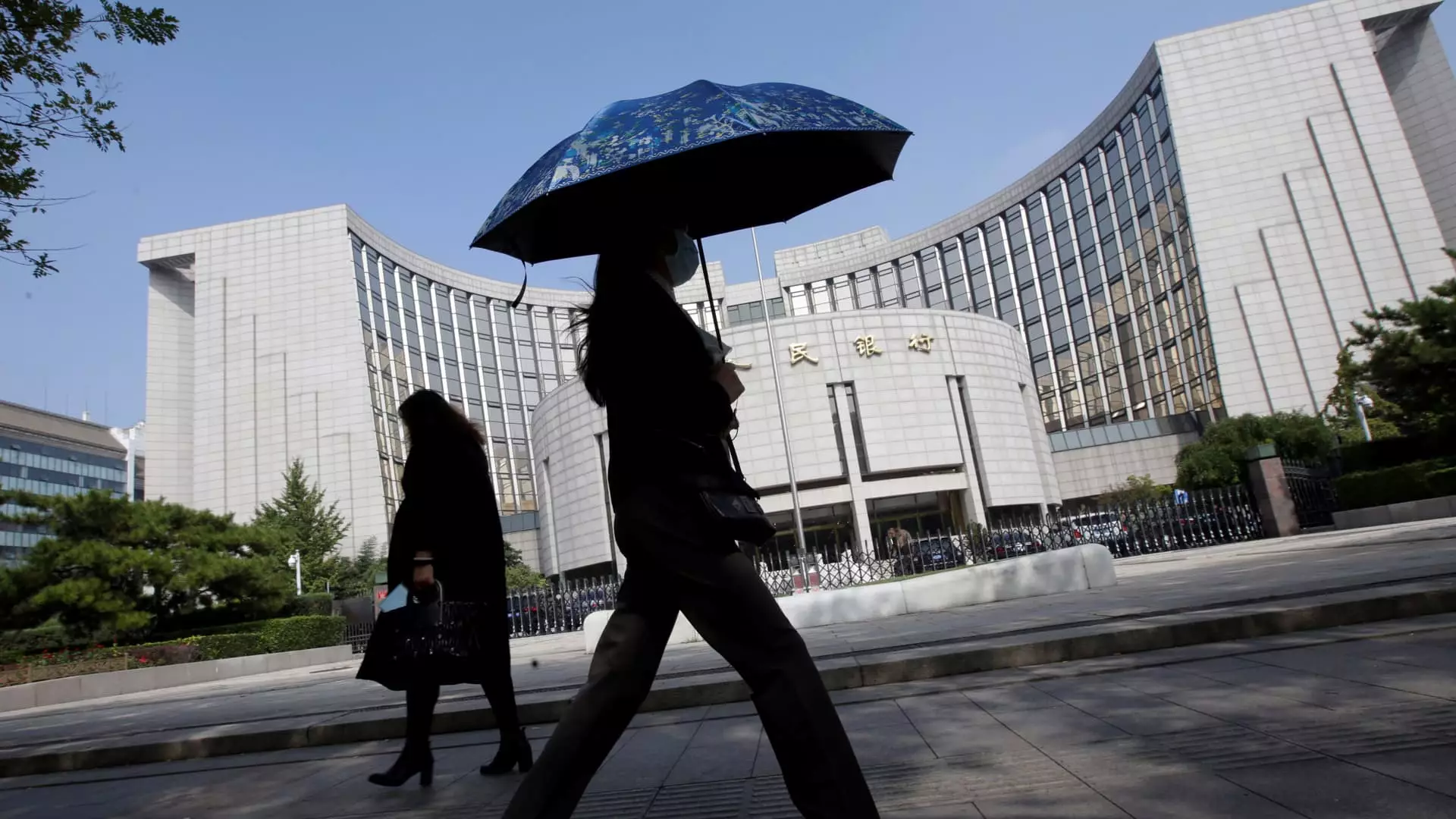Ratings agency Fitch has adjusted its expectations for China’s policy rate in light of the U.S. Federal Reserve’s decisions to keep its interest rates high. Fitch no longer anticipates a rate cut in China this year and has postponed its forecast for a potential reduction to next year. The agency now predicts that China will maintain its one-year medium-term lending facility (MLF) at 2.5% for the remainder of this year, with a potential cut to 2.25% in the following year.
According to Jeremy Zook, Fitch Ratings’ head of sovereign rating in Asia Pacific, recent concerns surrounding the exchange rate between the Chinese yuan and the U.S. dollar have influenced China’s monetary policy decisions. The Federal Reserve’s actions have caused fluctuations in exchange rate expectations, limiting the flexibility of the People’s Bank of China (PBOC). Zook highlights that as the Fed eventually begins to reduce its policy rates, it may provide the PBOC with more room to maneuver in the future.
Zook also anticipates that Beijing will rely more heavily on fiscal policy measures in the current year. This shift in focus towards fiscal tools may serve as a complementary strategy in the absence of immediate adjustments to the policy rate. The utilization of fiscal policy can affect various sectors of the economy differently, offering policymakers additional avenues for managing economic conditions.
Impact of Fed Policy
The Federal Reserve’s recent decision to maintain its key interest rate and forecast only one rate cut by the end of the year has had implications for global exchange rates. The strength of the U.S. dollar against the Chinese yuan, in particular, has surged, approaching levels last observed in 2008. This trend has heightened concerns over potential capital outflows from China, as a weaker domestic currency can incentivize investors to move funds abroad.
In addition to external factors, Zook identifies internal challenges faced by Chinese banks, such as low net interest margins (NIM). NIM serves as a pivotal indicator of bank profitability, measuring the disparity between interest income from loans and interest expenses on deposits. The persistently low NIM levels present obstacles for the PBOC in formulating monetary policies that support both financial institutions and broader economic stability.
Policy Implementation
Historical data reveals that the last adjustment to China’s one-year MLF occurred in August 2023, underscoring the cautious approach taken by the PBOC in altering key monetary instruments. The monthly setting of the MLF plays a crucial role in influencing the benchmark loan prime rate (LPR), which directly impacts lending rates across financial institutions. Governor Pan Gongsheng’s recent affirmation of a “supportive” monetary policy stance reflects the ongoing commitment to maintaining stability amid evolving external and internal challenges.
The evolving landscape of global monetary policy, particularly driven by actions taken by major central banks like the Federal Reserve, continues to shape China’s policy rate expectations. Balancing external exchange rate concerns, internal banking challenges, and the utilization of fiscal tools, Chinese policymakers must navigate a complex environment to ensure economic stability and sustained growth. The interplay between domestic and global factors underscores the intricacies of monetary policy, highlighting the need for adaptive strategies to address dynamic economic conditions.

